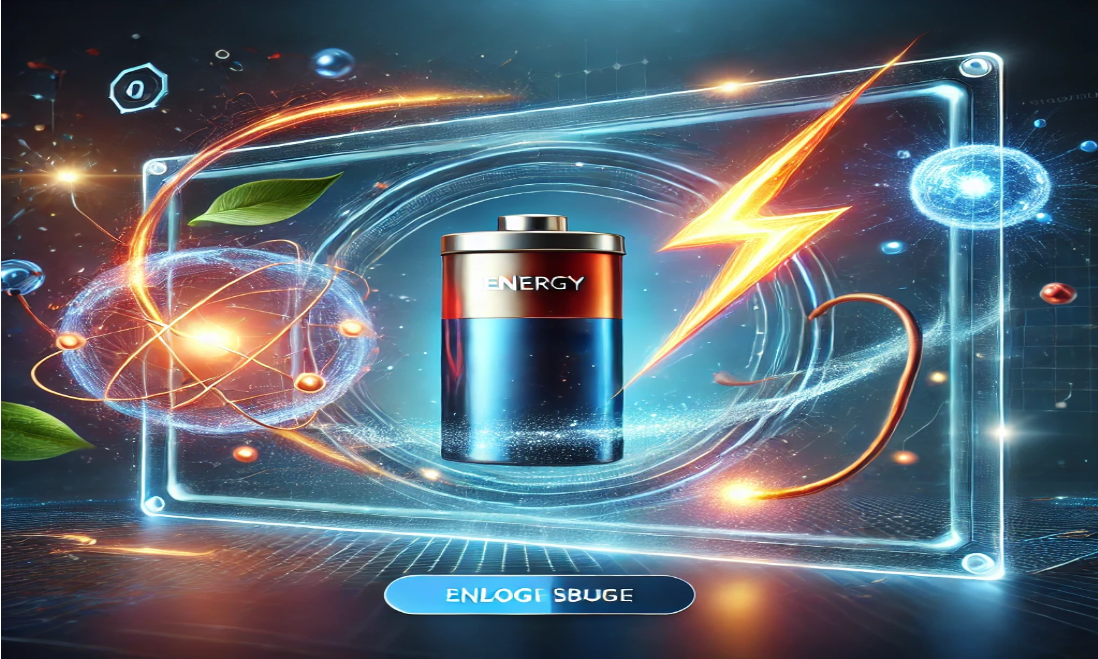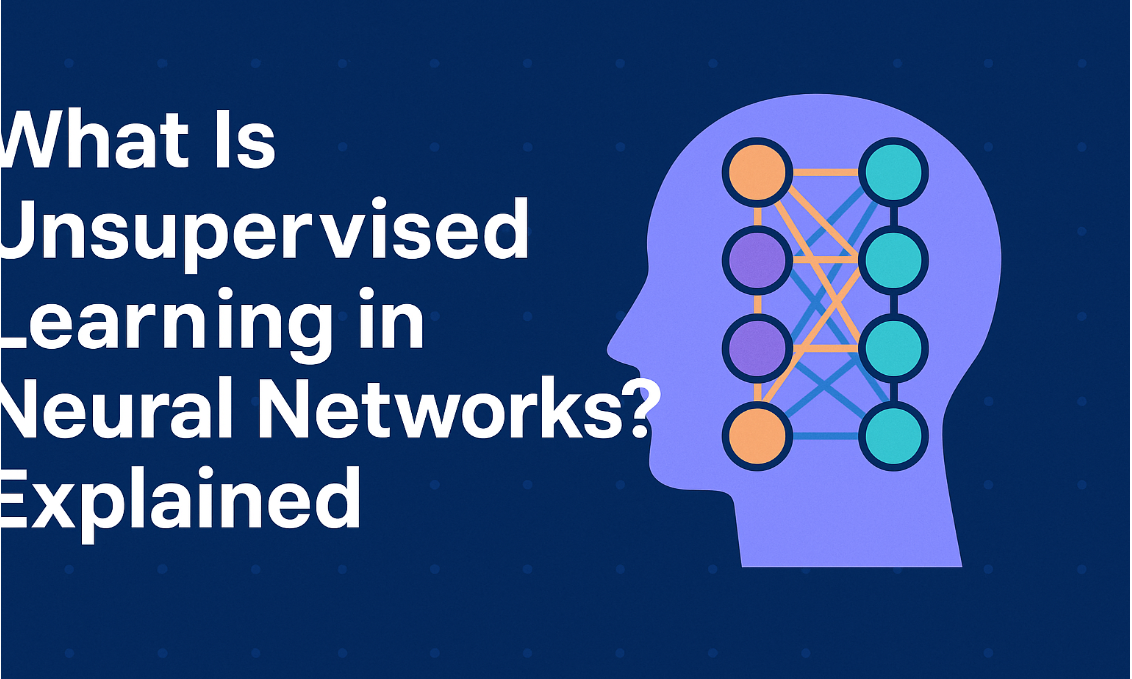
Charge, Current, Voltage, Energy, and Their Interrelationships
Introduction
Electricity is one of the fundamental forces that power our modern world. Understanding key electrical concepts such as charge, current, voltage, and energy is crucial in engineering, physics, and technology. These elements are interconnected and form the foundation of electrical circuits, power generation, and electronic devices. In this article, we will explore these concepts, their history, real-life applications, advantages, and problem-solving examples to provide a complete understanding.
Table of Contents
Understanding Charge
What is Electric Current?
Concept of Voltage
Definition of Energy in Electrical Systems
Interrelationship Between Charge, Current, Voltage, and Energy
Real-Life Applications
Advantages and Disadvantages
Courses to Learn More
Problem-Solving Example
Conclusion
1. Understanding Charge
Charge is the fundamental property of matter that causes it to experience electrical force. It exists in two types: positive and negative, typically associated with protons and electrons, respectively.
History of Charge
The concept of charge was first explored by Thales of Miletus in ancient Greece. Later, scientists like Benjamin Franklin and Michael Faraday formalized the study of electric charge, leading to modern-day electricity and magnetism.
Formula & Unit
Charge is measured in Coulombs (C) and follows the equation: where:
= charge (Coulombs)
= current (Amperes)
= time (seconds)
2. What is Electric Current?
Electric current is the flow of charge through a conductor per unit time. It is measured in Amperes (A).
Types of Current
Direct Current (DC) - Flows in one direction (e.g., batteries)
Alternating Current (AC) - Reverses direction periodically (e.g., household electricity)
Formula
3. Concept of Voltage
Voltage (or electric potential difference) is the force that drives electric charge through a circuit.
Formula & Unit
Voltage is measured in Volts (V) and follows Ohm’s Law: where:
= voltage (Volts)
= current (Amperes)
= resistance (Ohms)
4. Definition of Energy in Electrical Systems
Energy in electrical circuits refers to the ability to do work, such as powering a device.
Formula
where:
= energy (Joules)
= voltage (Volts)
= current (Amperes)
= time (Seconds)
5. Interrelationship Between Charge, Current, Voltage, and Energy
These four concepts are deeply interconnected:
Voltage causes the current to flow.
Current is the movement of charge.
Charge movement results in energy transfer.
6. Real-Life Applications
Batteries (Charge storage)
Electric circuits (Voltage-driven current flow)
Power generation (Energy conversion in grids)
Smartphones & computers (Voltage-controlled electronics)
7. Advantages and Disadvantages
Advantages
✔️ Enables modern technology ✔️ Efficient energy transfer ✔️ Essential for communication and automation
Disadvantages
❌ Electrical hazards ❌ Requires proper safety measures ❌ Can cause energy losses
8. Courses to Learn More
MIT OpenCourseWare - Electrical Circuits
Coursera - Introduction to Electricity
edX - Fundamentals of Electrical Engineering
9. Problem-Solving Example
Problem: If a battery supplies a voltage of 12V and a circuit has a resistance of 6Ω, what is the current flowing through it?
Solution: Using Ohm’s Law:
Answer: The current is 2 Amperes.
10. Conclusion
Charge, current, voltage, and energy are fundamental concepts in electrical and electronics engineering. Their interrelationships define how electrical devices operate. Understanding these concepts can help in designing efficient electrical systems, improving safety, and advancing technological innovations.
Frequently Asked Questions (FAQs) 🔍
Q: What is electric charge?
A: Electric charge is a fundamental property of matter that causes it to experience a force in an electric field. It comes in two types: positive and negative.
Q: How is current related to charge?
A: Electric current is the flow of electric charge per unit time. It is measured in amperes (A).
Q: What is the difference between voltage and energy?
A: Voltage (potential difference) is the energy per unit charge, while energy is the total capacity to do work in a system.
Q: How are voltage, current, and resistance related?
A: They are related by Ohm’s Law: Voltage (V) = Current (I) × Resistance (R).
Q: What happens if voltage increases in a circuit?
A: Increasing voltage while keeping resistance constant results in a higher current flow.
Q: Can current exist without voltage?
A: No, current flows due to the presence of voltage (potential difference).
Q: What is the role of energy in electrical circuits?
A: Energy is the ability to perform work, such as lighting a bulb or running a motor. It is measured in joules (J) or kilowatt-hours (kWh) in practical applications.
Q: How does a battery provide energy?
A: A battery converts chemical energy into electrical energy, supplying voltage to drive current in a circuit.
Q: What is the difference between AC and DC current?
A: Direct Current (DC) flows in one direction, while Alternating Current (AC) changes direction periodically.
Q: What are some real-life applications of voltage and current?
A: Voltage and current are used in power distribution, household appliances, electric vehicles, and renewable energy systems.
Next Steps:
🔹 Did this help? Share your thoughts in the comments!
🔹 Want to learn more? Check out related topics like Ohm’s Law, power calculations, and circuit analysis.
What are your thoughts on this topic? Drop a comment below! 🚀








